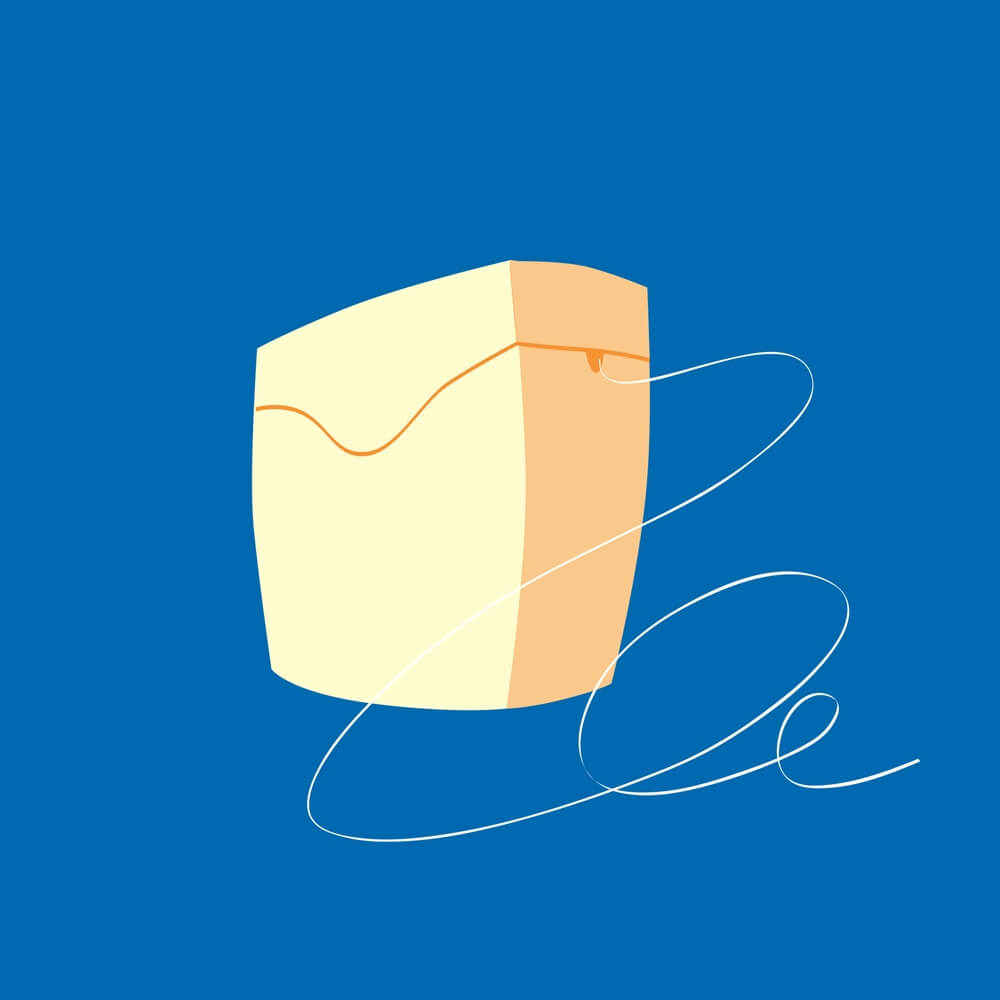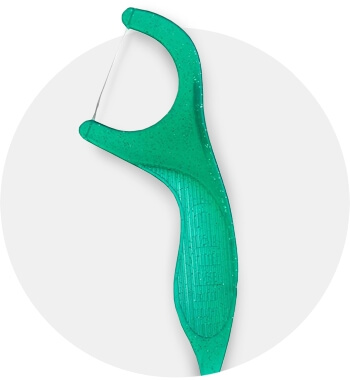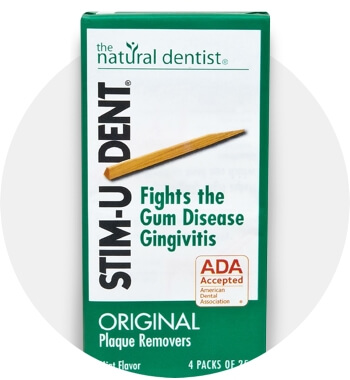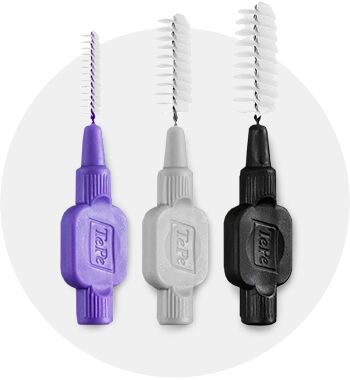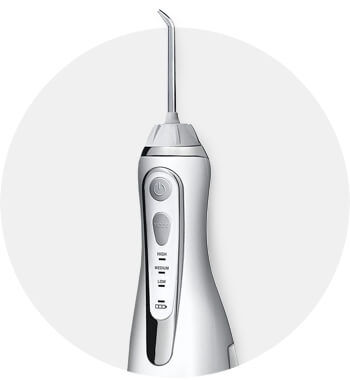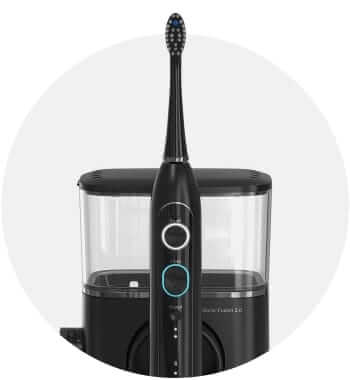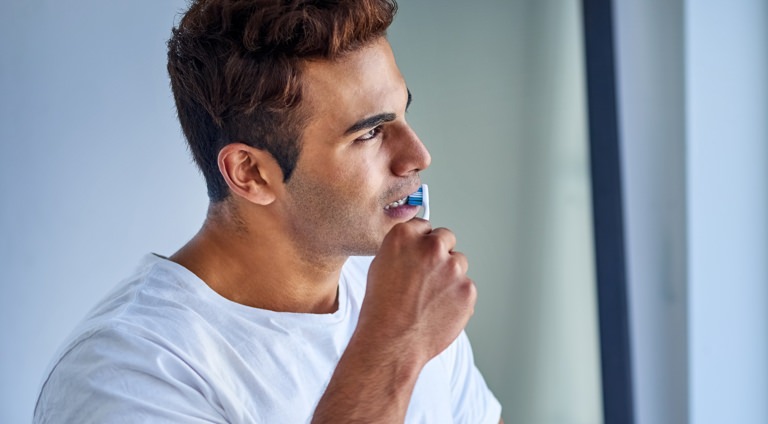You know the routine: You're at the dentist and the hygienist asks if you are flossing regularly. You say yes, or maybe “I try to,” while mentally vowing to be better in the future. The good news is you're not alone. Over 37% of Americans say they don't regularly floss and another 32% say they never floss, according to U.S. News & World Report.
The bad news is that you really need to be flossing. “Cleaning in between our teeth is one of the best things we can do to prevent cavities, bleeding, gum disease and infection,” says Dr. Ruchi Sahota of the American Dental Association. Every tooth has five surfaces and when we don't floss, we are immediately missing two of these surfaces. When done properly, flossing removes food particles that stick to teeth creating colonies of bacteria called plaque that promote inflammation and gum disease. Over time, plaque hardens into tarter, which wears away at gums and bone, eventually causing tooth loss.
But even dentists will admit that flossing can be a drag. “If guilt worked, you would already be flossing by now,” says Mark Burhenne, DDS, the author behind Ask the Dentist. He says finding what works for you is the key to making it a successful habit. The key is easing into it.
Dr. William Linger, a Charlotte-based dentist, says that if you're not used to flossing or feel like you don't have the time to struggle with every little tooth gap, it's okay—any flossing is better than none. “Rather than getting frustrated learning to use the flosser, consider only doing one half of your teeth at a time,” he says. “Floss the lower teeth at bedtime, then the upper teeth when you brush before breakfast and so on.” Ready to floss? Here's what the experts recommend.
